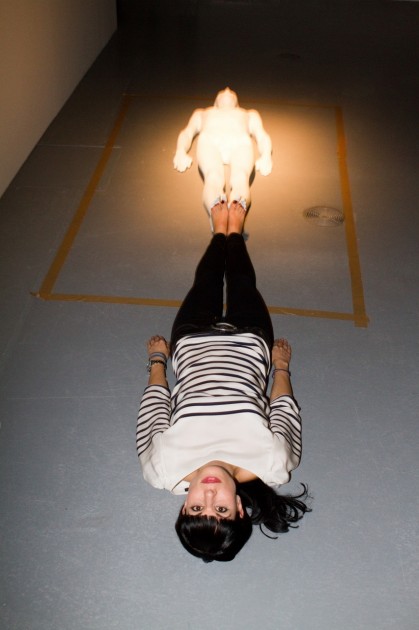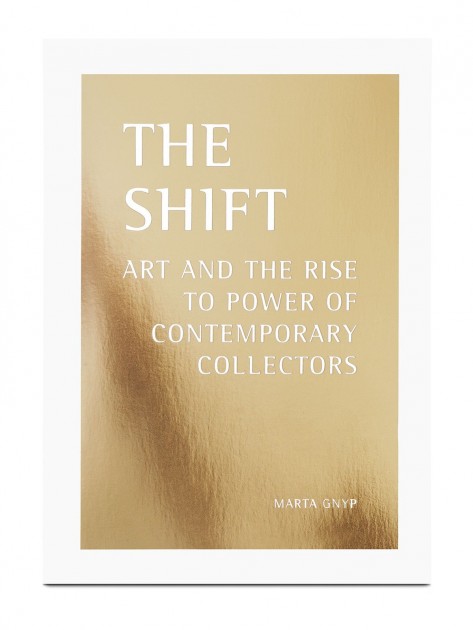
The artist Chuck Close told once a story about a collector who was waiting for years to obtain his work, which the collector promised to donate to a museum in Texas. The day after he received the work, he sold it. When the upset gallery owner called him, he replied: “Well, I may be an art collector but I’m a businessman first. Anytime I can triple my money in one day, I will do it.”
Are there good and bad collectors? Is a collector, who sells a work to make profit a bad collector? This anecdote exemplifies the attitude that many collectors have but not many express: their interest in art is as genuine as their rational approach with regard to gaining profit from assets that they own. This juggling logic is also reflected in other aspects of collecting. Therefore, I’m very much against categorization of collectors in passionate art lovers and investors – one person can be both, although not necessarily at the same time.

However, the art world loves to make this distinction. Art’s ideology requires that, while making decisions, the “businessman” in the collector struggles with the “man of passion”, which illustrates the dilemma between good and bad motives for collecting. Today’s collectors, supposedly, time and again face a dilemma when making their decisions: they are choosing between autonomous art versus commercial art, beauty versus commerce, or immortality versus profit. The tension between “art” and “commerce” is palpable in the two often-heard moral prescriptions which intend to regulate the good behavior of collectors: i) a good collector never sells, and ii) a good collector buys with his eyes and not with his ears. Each of these rules functions differently, but together they attempt to regulate the current system of distribution and circulation of artworks in a very discrete way.


An important part in my book “The Shift” deals with this presumed ethics of collecting. Investigating why these specific moral codes have been formed, the book answers not only why these codes are so persistent but also how they function in reality; it also speculates on new possibilities and breaks in the system that could lead to a change in the art world as we know it.

I would like to express special gratitude to Larry’s List, which has been a very valuable source of data in the writing of this book.
By Marta Gnyp
For more information about “The Shift”, please visit:
http://www.martagnyp.com/
http://www.artandtheory.org/?





